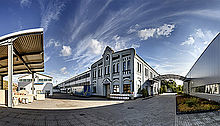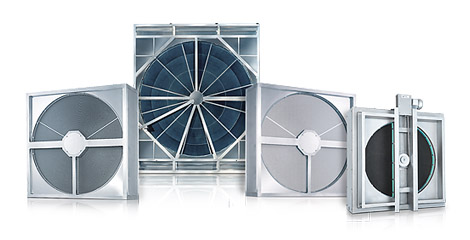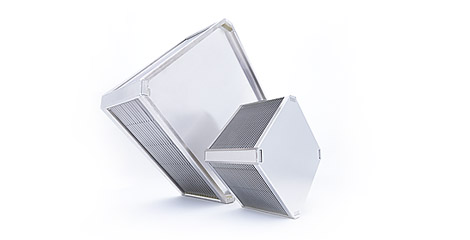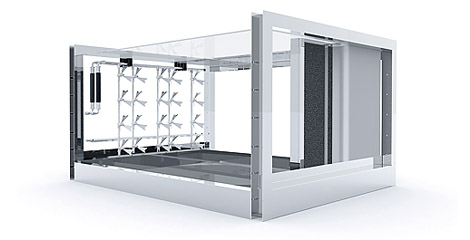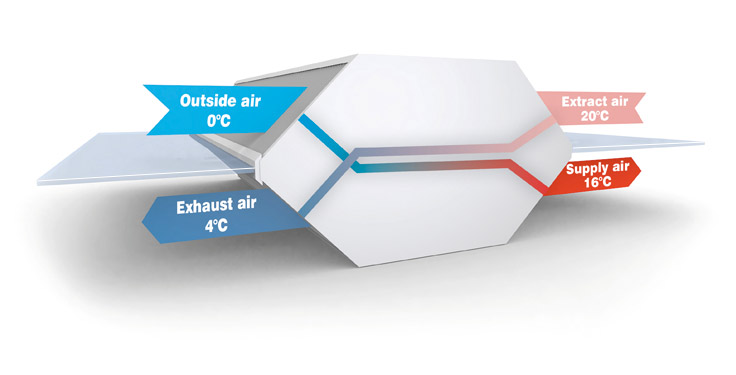The heat recovery coefficient represents the efficiency with which heat is recovered. It also indicates how much heat can be recovered from the exhaust air. The heat recovery coefficient may be calculated based on the temperature of the outside air or on that of the expelled air. the latter calculation generally prevails. The heat recovery coefficient is designated by the symbol Ф.
Example: Temperature Efficiency Based on Outside Air

The diagram above represents a rotary heat exchanger. Air entering the building consists of outside- and supply air, while the air leaving the building comprises exhaust- and expelled air, all of which are at different temperatures.
The formula for calculating the Temperature efficiency based on the outside air is as follows:
Ф = tSupply air T2.2 – tExternal air T2.1 / tExhaust air T1.1 – tExternal air T2.1
Calculation Based on a Counterflow Plate Heat Exchanger
The formula for calculating the Temperature efficiency based on expelled air temperature is as follows:
Ф = tExhaust air – tExpelled air / tExhaust air – tExternal air
Humidity efficiency
Similarly to the Temperature efficiency, the efficiency of air humidity recovery can be calculated. The Humidity efficiency has the symbol Ψ and the absolute humidity in g/k is designated X.
Humidity efficiency based on outside air
Ψ = XZSupply air – XExternal air / XExhaust air – XExternal air
Humidity efficiency based on expelled air
Ψ = XExhaust air – XExpelled air / XEhaust air – XExternal air
In rotary heat exchangers, not only sensible heat (or cold) is recovered but the latent heat as relative humidity is also regenerated. This particularly applies with Klingenburg’s sorption rotors and enthalpy rotors.

